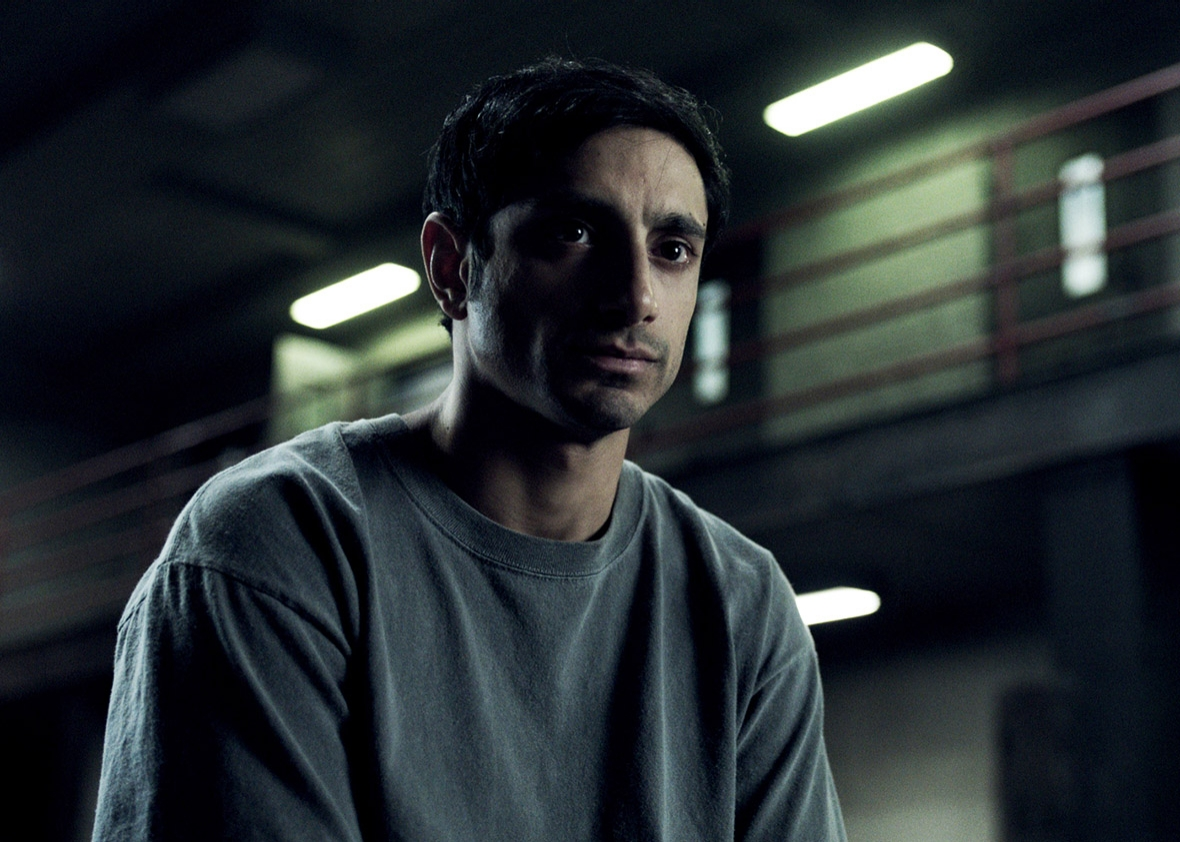
Pace. Not a frequent topic in screenwriting discussions and analyses, yet an important element nevertheless. It’s something relevant to story tension, something important for suggesting the level of pressure typical of a particular dramatic arena. Just think of the fast pace of ER and Downton Abbey: rhythm is a key feature of these series’ workplace depictions.
If fast and sometimes even hectic pacing has marked the rise of the Golden Age of Television (NYPD Blue, The West Wing, Prison Break, etc.), then slow pacing seems to have marked the recent triumph of cable shows. In Treatment, Mad Men, Breaking Bad, Olive Kitteridge – in each of these shows, story takes its time. With surprising frequency, the screenplay allows the camera time to explore a character, alone in a scene and pensive: his/her feelings, his/her state of mind.
Thus we participate in the efforts of a character who is “absorbing” the events s/he has faced till now. Image – beautiful photography, interesting camera angles – and good acting are essential ingredients. In this respect, TV and cinema have merged and become the same.
A beautiful example of this is the widely-acclaimed HBO show, The Night Of. Smartly relying on the slow accumulation of suspense, the pilot episode makes us share the bewilderment of young protagonist Naz, who, arrested for a minor transgression and stuck at the police department, can only wait and fear that things are going horribly wrong, until eventually he is accused of murder. Writer-director Steven Zaillian declared that slowing the pace was an intentional part of his job in crafting an American remake of the British original.
If you’d like to learn more about the use of slow pacing in The Night Of, but also about its masterful storytelling and its being a champion of contemporary serial writing, listen here. This episode of The Story Toolkit consists of a one-hour interview with Robert McKee going deep into the show.

Be First to Comment